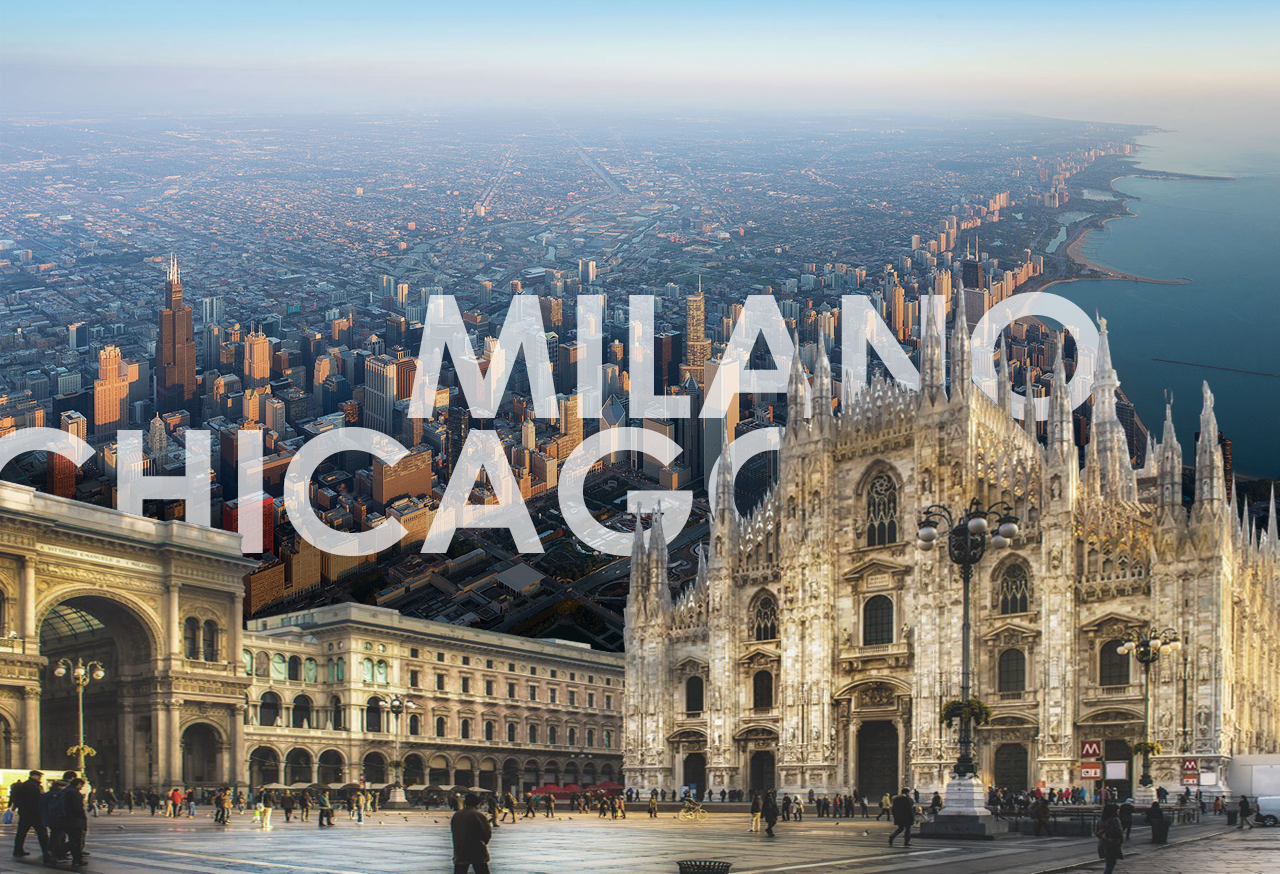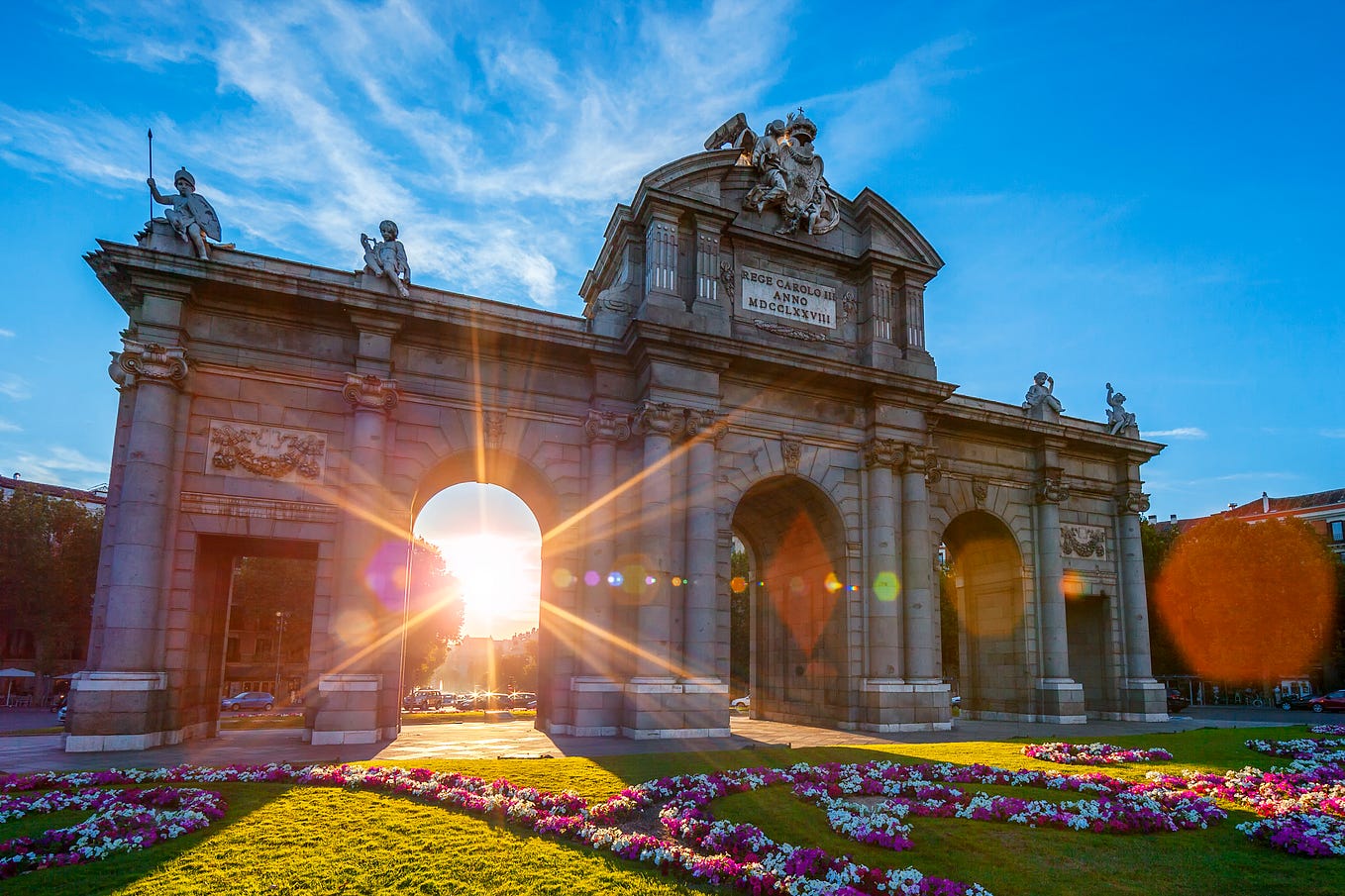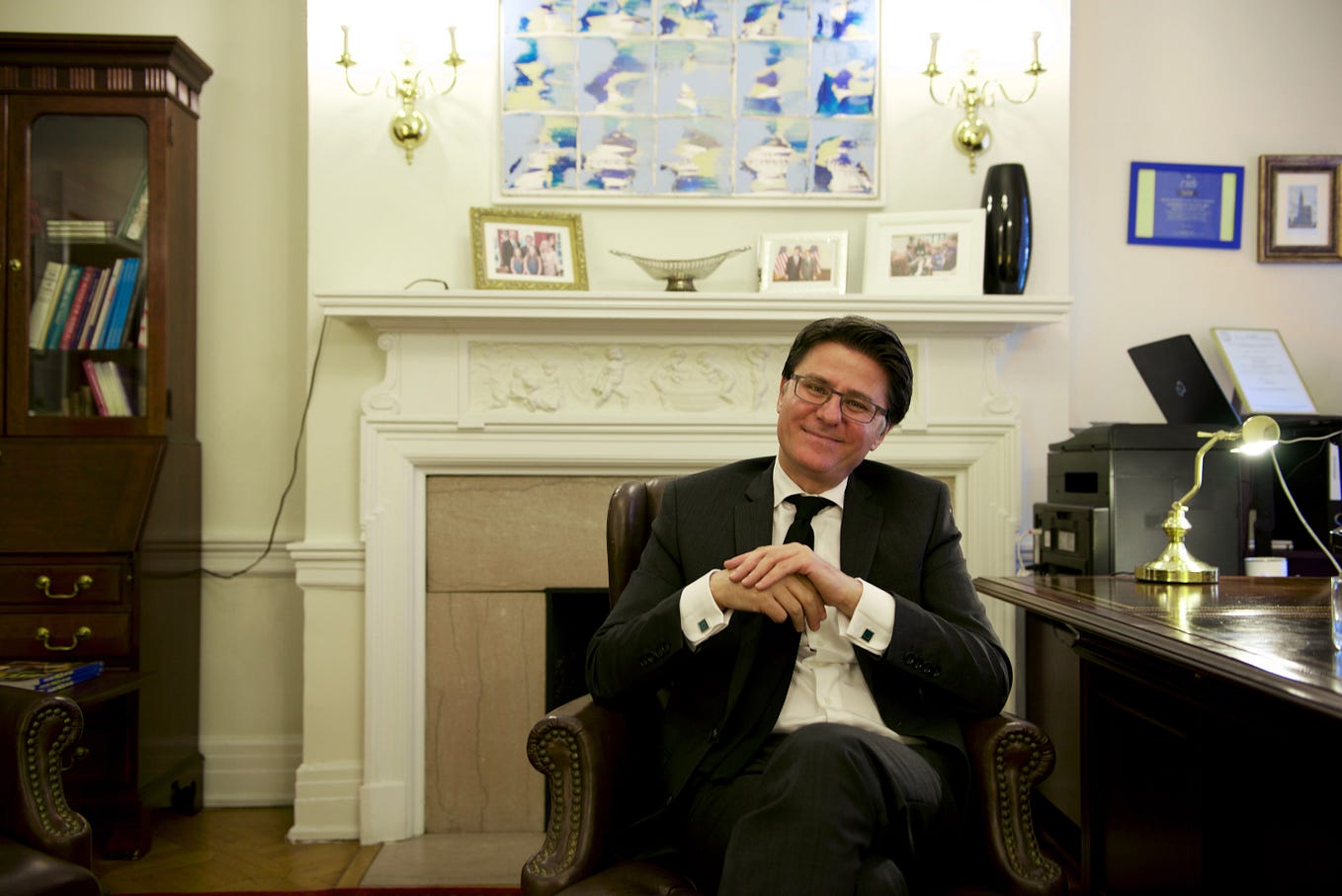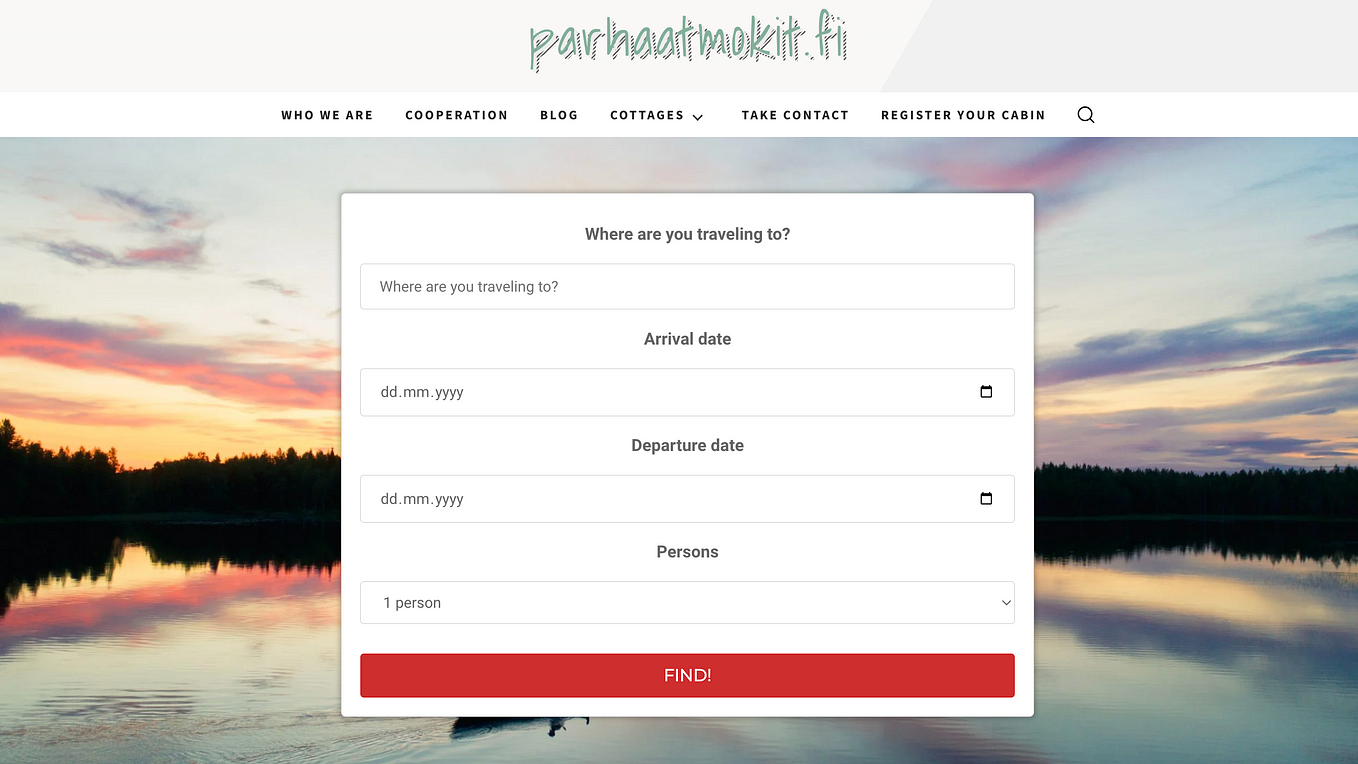Garmisch-Partenkirchen: The Aspen of Germany
Aspen, Colorado and Garmisch-Partenkirchen, Germany have many traits in common: both are picturesque towns built against the backdrop of some of the world’s most beautiful mountains, attracting hikers, explorers, and winter sports enthusiasts who seek an escape from city life. Although Aspen has multiple sister cities across the world, its partnership with Garmisch-Partenkirchen dates back to September 23, 1966 — the first of its sister cities.
Garmisch-Partenkirchen is located in Bavaria, near the Austrian border and close to Germany’s tallest mountain at 9,718 feet tall — the Zugspitze. Thanks to its proximity to the Alps it is one of Germany’s major resort towns, but it also has a turbulent past.
For many centuries, Garmisch and Partenkirchen were separate towns. The original Roman road passed through Partenkirchen and was first mentioned in history in the year A.D. 15. From the 13th century until the early 19th century, the prince-bishops of Freising ruled the region, and governed from the nearby Werdenfels Castle. Like much of Europe, during the 16th century the towns of Garmisch and Partenkirchen were subject to hardships including the bubonic plague outbreaks and witch hunts. Those accused of witchcraft were tried and burned at the stake at the Werdenfels Castle. In the 17th century, the castle was seen as a place of terror, and was abandoned. Today, only ruins remain.
During Adolf Hitler’s ruling in the early 20th century, the region was chosen as the site for the 1936 Winter Olympics. In preparation for the games, Hitler decided to unify the two towns, calling the new city Garmisch-Partenkirchen. After World War II, the town was used as a recreational center for the U.S. military. Some long-term residents still consider themselves loyal to either Garmisch or Partenkirchen and refuse to recognize the name change.
Aspen and Garmisch-Partenkirchen Become Sister Cities
In 1953, Garmisch-Partenkirchen resident Gretl Uhl moved to Aspen, Colorado with her husband, Sepp. The German native opened her own restaurant on Aspen Mountain which became famous for its apple strudel — a German delicacy.
She spearheaded the movement to make Garmisch-Partenkirchen Aspen’s very first sister city and finalized the connection on September 23, 1966. This year, the two towns celebrated the 50th anniversary of their sister city relationship. Many Aspen residents, including the Mayor, traveled to Garmisch-Partenkirchen last September for a week filled with hiking, dinners, and a get-together with the Mayor of Garmisch-Partenkirchen. The two cities continue to have many cultural, professional, and educational exchanges.
Today, Garmisch-Partenkirchen is a prime touristic destination in Germany, attracting those who want to experience Bavarian culture while enjoying the picturesque German Alps. It hosts an annual ski jumping contest on New Year’s Day, occasionally hosts the Alpine Ski World Cup, and is also home to unique local events such as the Hornschlittenrennen (“horned sled race”). Garmisch-Partenkirchen is often referred to as the “Aspen of Germany,” and it’s no wonder: both towns are attractive ski resorts that provide an escape from the bustle of city life.
This story is part of the #SisterCitySunday series on Medium. Each Sunday from October 2, 2016 to May 7, 2017, new stories from the 28 European Union Member States will be published. Stories will also be shared on social media using #SisterCitySunday.
To join the conversation on social media, make sure to use #SisterCitySunday and tag @EUintheUS and @SisterCitiesInt on Twitter and Instagram, and EUintheUS and SisterCitiesInternational on Facebook. Let us know about your experiences in twinned cities and share your partnership stories with us!








